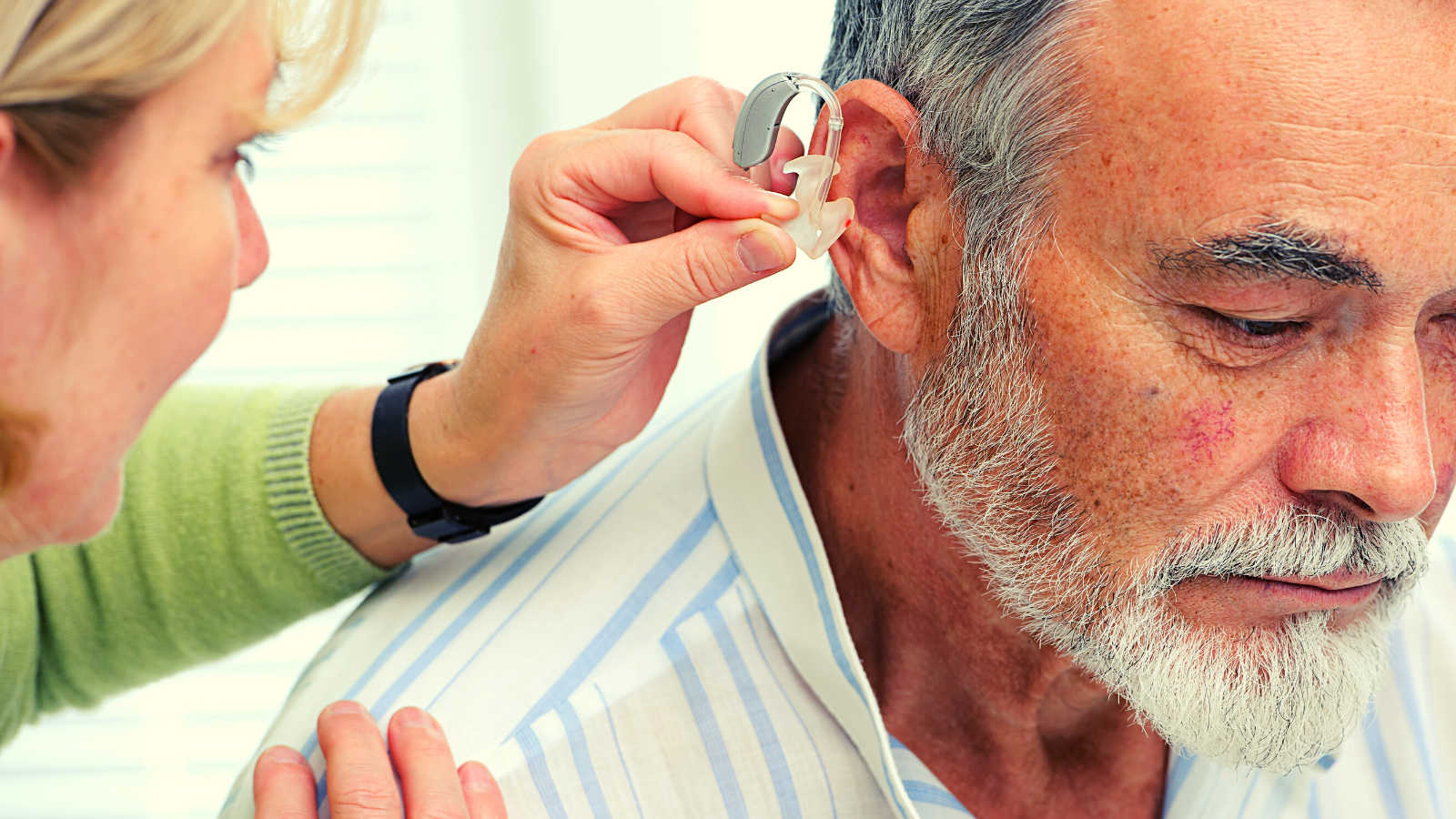
Wireless technology is making it easier than ever for those who are deaf or hard of hearing to benefit from mobile apps.
Uber is just the latest to jump in and provide assistance. The ride-hailing app is now helping passengers who are deaf or have hearing loss by enabling drivers and their commuters to communicate through ASL signs within the app before being picked up. It provides instruction for signing basic phrases like “hello,” “I am [your name],” and “thank you,” and navigational instructions like “turn left,” and “turn right.”
However, helpful apps are not confined to just ride share apps. Other examples include:
- BioAid: This app can turn your phone into a hearing aid using your headphones.
- MobileSign: Provides users with a library of over 4,000 signs to use on the go.
- Dragon Dictation: As a person is speaking, Dragon will transcribe the words for the person who is hard of hearing to read.
Everyday wireless technology is growing and improving to be better than it has ever been.
Apps are helping break down barriers for the hard of hearing and deaf communities with innovative solutions like connecting to hearing aids to offer further assistance. These examples are leading to a larger family of opportunities that stem from accessible technology, software, and applications.
Wireless innovation is limitless and continues to benefit the consumer—check out some more apps here.